Isorhamnetin-3-O-beta-D-Glucoside
- CAS NO.:5041-82-7
- Empirical Formula: C22H22O12
- Molecular Weight: 478.4
- MDL number: MFCD00017689
- EINECS: 207-545-5
- SAFETY DATA SHEET (SDS)
- Update Date: 2025-12-20 21:15:22
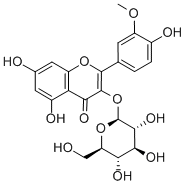
What is Isorhamnetin-3-O-beta-D-Glucoside?
Chemical properties
powder
The Uses of Isorhamnetin-3-O-beta-D-Glucoside
Isorhamnetin-3-O-b-D-glucoside is an antibacterial and antiviral mask using culture medium containing citrus and fermented ethanol.
Definition
ChEBI: Isorhamnetin 3-O-beta-D-glucopyranoside is a glycosyloxyflavone that is isorhamnetin substituted at position 3 by a beta-D-glucosyl residue. It has a role as a metabolite. It is a monosaccharide derivative, a glycosyloxyflavone, a monomethoxyflavone, a trihydroxyflavone and a beta-D-glucoside. It is functionally related to an isorhamnetin and a beta-D-glucose.
Properties of Isorhamnetin-3-O-beta-D-Glucoside
| Melting point: | 155-160°C |
| Boiling point: | 834.4±65.0 °C(Predicted) |
| Density | 1.75±0.1 g/cm3(Predicted) |
| solubility | DMSO : 250 mg/mL (522.58 mM; Need ultrasonic) |
| form | powder |
| pka | 6.17±0.40(Predicted) |
| color | Yellow |
Safety information for Isorhamnetin-3-O-beta-D-Glucoside
Computed Descriptors for Isorhamnetin-3-O-beta-D-Glucoside
New Products
Indole Methyl Resin tert-butyl 9-methoxy-3-azaspiro[5.5]undecane-3-carboxylate Boc-His(Boc)-OH 2-CTC Resin 4-Chloro-7-tosy1-7Hpyrrolo[2,3-d]pyrimidine 5,7-Dibromo-1H-indole 2,5-dichloro-N-hydroxy-4,6-dimethylpyridine-3-carboximidamide 2,2-Dimethoxy-7-azaspiro[3.5]nonane hydrochloride 4-chloromethyl-5-methyl-1,3-dioxol-2-one (DMDO-Cl) R-2-BENZYLOXY PROPIONIC ACID 1,1’-CARBONYLDIIMIDAZOLE 1,1’-CARBONYLDI (1,2-4 TRIAZOLE) N-METHYL INDAZOLE-3-CARBOXYLIC ACID 4-((2-hydroxyethyl)thio)benzoic acid 1-(TERT-BUTOXYCARBONYL)-2-PYRROLIDINONE Methyl 6-methylnicotinate 3-Pyridineacrylic acid tert-Butyl carbazate TETRAHYDRO-2H-PYRAN-3-OL 2-((4-morpholinophenylamino) (methylthio) methylene) malononitrile 3-(4-morpholinophenylamino)-5-amino-1H-pyrazole-4-carbonitrile 2,4-dihydroxybenzaldehyde 1,3-Diethyl-1,3-Diphenylurea Methyl 2-methylquinoline-6-carboxylateRelated products of tetrahydrofuran
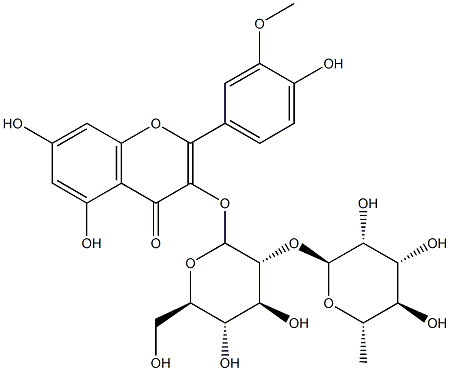

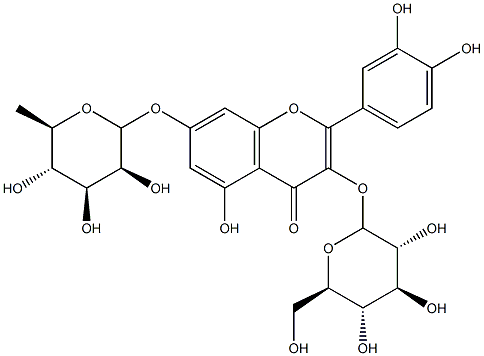
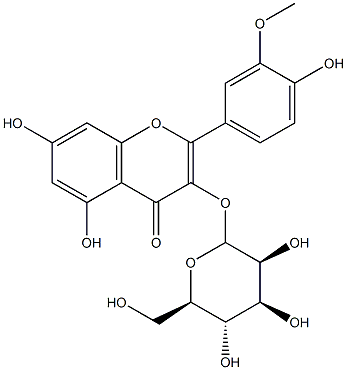
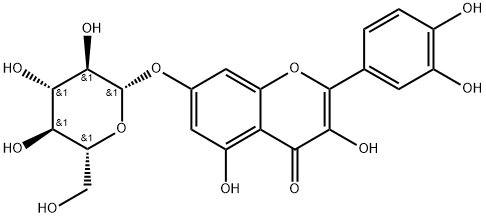
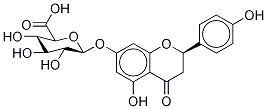
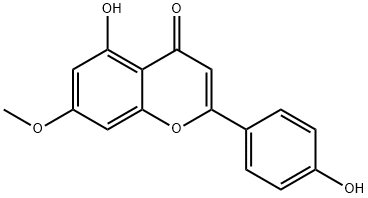
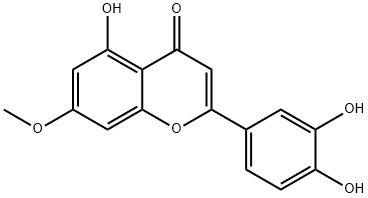
You may like
-
 Pyridine 99.5% HPLC /UV SpectroscopyView Details
Pyridine 99.5% HPLC /UV SpectroscopyView Details
110-86-1 -
 Guanine , 99%View Details
Guanine , 99%View Details
73-40-5 -
 Piperazine Spot supply, best priceView Details
Piperazine Spot supply, best priceView Details
110-85-0 -
 Potassium Hydroxide 90%View Details
Potassium Hydroxide 90%View Details
1310-58-3 -
 Dibutyl PhthalateView Details
Dibutyl PhthalateView Details
84-74-2 -
 Imidazole Spot supply, competitive priceView Details
Imidazole Spot supply, competitive priceView Details
288-32-4 -
 Octadecyl 3-(3,5-di-tert-butyl-4-hydroxyphenyl)propionate 98% (GC)View Details
Octadecyl 3-(3,5-di-tert-butyl-4-hydroxyphenyl)propionate 98% (GC)View Details
2082-79-3 -
 Thiourea 99% ARView Details
Thiourea 99% ARView Details
62-56-6
Statement: All products displayed on this website are only used for non medical purposes such as industrial applications or scientific research, and cannot be used for clinical diagnosis or treatment of humans or animals. They are not medicinal or edible.
